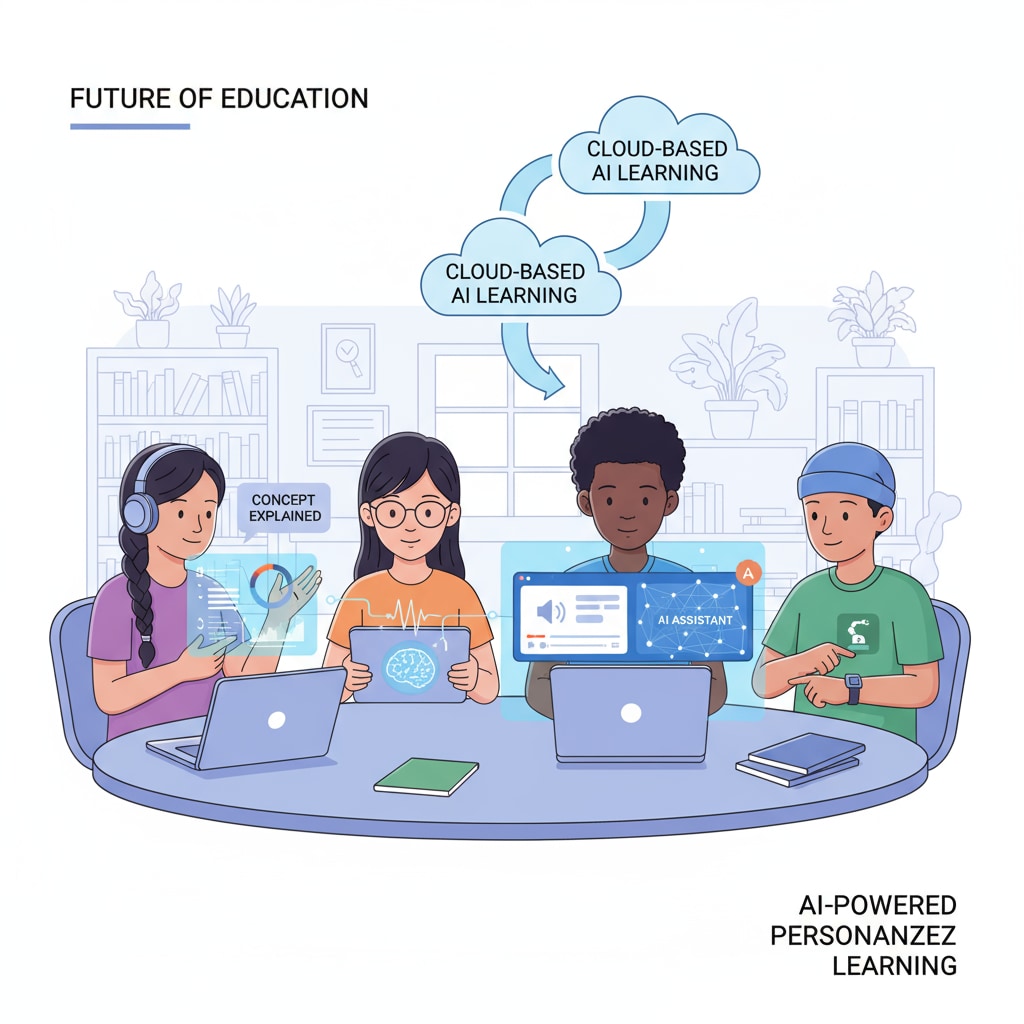In the realm of modern education, video teaching, learning equity, and AI-assisted tools have become intertwined in ways that are reshaping the educational landscape. The increasing prevalence of video teaching in K12 education has opened up new avenues for learning, and AI is playing a crucial role in enhancing its effectiveness and promoting fairness.

The Rise of AI in Video Teaching
AI has made significant inroads into video teaching. For example, AI-generated summary technology is revolutionizing the way students access educational content. This technology can quickly distill complex video lessons into concise summaries, making it easier for students to review and understand key points. According to Artificial intelligence in education on Wikipedia, AI can analyze students’ learning patterns and adapt the content delivery to meet individual needs. In video teaching, this means that students can receive personalized learning experiences, which is a huge step forward in promoting learning equity.
AI’s Contribution to Learning Equity
One of the most significant contributions of AI in video teaching is providing equal opportunities for students with learning disabilities. These students often struggle to keep up with traditional teaching methods, but AI-assisted video teaching can offer alternative ways of learning. For instance, features like text-to-speech and interactive elements can help them engage more effectively with the content. As a result, they are better able to participate in the learning process and catch up with their peers. This aspect of AI in video teaching is a powerful tool in bridging the gap in educational access and achievement, as also discussed on Educational technology on Britannica.

Moreover, AI can also level the playing field in terms of access to educational resources. In many regions, students may not have equal access to quality teachers or learning materials. Video teaching, enhanced by AI, can bring high-quality educational content to students regardless of their geographical location or socioeconomic background. This broadens the horizons of students who might otherwise be limited in their learning opportunities.
Readability guidance: We have seen how AI is enhancing video teaching and promoting learning equity. However, it’s essential to also consider the ethical implications that come with these advancements. In the following sections, we will explore the potential ethical concerns and how to address them.


